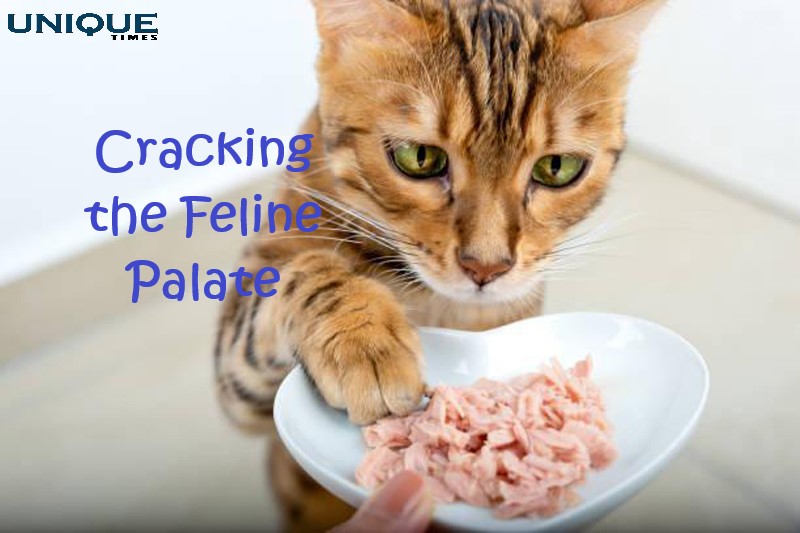Unraveling the Feline Palate: Why Cats Are Picky Eaters

If you’ve ever owned a cat, you’ve likely experienced the challenges of feeding them. Cats have a reputation for being picky eaters, turning their noses up at certain foods or losing interest in their meals altogether. This feline finickiness has perplexed cat owners for generations, but recent research sheds light on the underlying reasons behind this behavior. In this blog, we’ll explore the fascinating world of cat nutrition and delve into the study that suggests cats’ selective eating habits are rooted in their natural drive for a specific protein-to-fat ratio.
- The Carnivorous Nature of Cats:
Cats are obligate carnivores, meaning they require a diet primarily composed of animal-based proteins to thrive. Unlike omnivores, such as dogs and humans, cats lack specific enzymes necessary to digest plant matter effectively. Consequently, their evolutionary history as hunters and carnivores has shaped their nutritional needs, leading to a specialized diet based on high-quality proteins and fats.
- Decoding the Protein-to-Fat Ratio:
The study in question highlights a fascinating aspect of feline nutrition: the preferred ratio of protein to fat in their diet. According to the research, cats are naturally driven to eat foods with a protein-to-fat ratio of approximately 1:0.4. This specific ratio closely resembles the nutrient composition found in their prey in the wild, explaining their inclination towards this balance.
- The Role of Taurine:
Taurine is an essential amino acid for cats, crucial for maintaining healthy heart function, vision, and reproductive health. Since cats cannot synthesize taurine in sufficient quantities on their own, they must obtain it from their diet. This further reinforces their need for a diet rich in animal-based proteins, as taurine is primarily found in meat.
- Evolutionary Adaptation:
The picky eating behavior of cats can be traced back to their evolutionary adaptation as solitary hunters. In the wild, cats would carefully choose their prey, selecting those that provided the optimal nutrition to meet their specific dietary requirements. This natural instinct to seek out a particular protein-to-fat ratio has been retained in domesticated cats, influencing their eating habits today.
- Cat Food Industry and Commercial Diets:
Understanding cats’ preference for a specific protein-to-fat ratio has significant implications for the pet food industry. Many commercial cat foods come in a variety of formulations, and knowing the ideal nutrient balance for feline health can aid in creating more species-appropriate diets.
- Catering to Your Cat’s Palate:
As responsible cat owners, it’s essential to cater to our feline friends’ nutritional needs while respecting their innate preferences. While cats’ natural inclination towards a specific protein-to-fat ratio is a crucial factor, individual cats may still display variations in their tastes and dietary requirements. Ensuring a balanced diet with high-quality animal proteins and essential nutrients is key to promoting their overall health and well-being.
Conclusion:
Cats’ picky eating habits have long been a topic of curiosity among pet owners, but understanding the science behind their dietary preferences brings valuable insights. As obligate carnivores, cats have evolved to require a specific protein-to-fat ratio in their diet, reflecting their historical roles as hunters. By acknowledging and respecting their natural preferences while providing nutritionally complete diets, we can ensure that our feline companions lead healthy and fulfilling lives. So, the next time your cat turns up their nose at a particular meal, remember that their pickiness is rooted in their ancestral instincts for the perfect protein-to-fat balance.
Picture Courtesy: Google/images are subject to copyright








